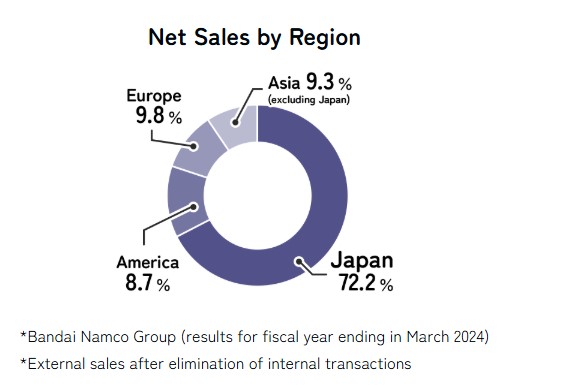Disks are already still stamped and assembled in US based plants. That's why you can still get a new run of a popular disk stamped and packaged and sent out to retailers in a region without a month plus delay of doing it in China and then waiting for shipping or having an expense of air freight.Do you think that we are going to manufacture consumer electronics (at least on the lower end), video game disks / packages, cell phones and so on in US?
Tariffs make sense to juice up certain industries. Blanket tariffs will result in higher cost to US consumers, higher inflation, lower GDP and more "fun" stuff like that.
But hey, we got the "BBB" passed so the top 1% can get even richer and tariff revenue can paper over at least some gaps, so it's a WIN, let's give ourselves a.
And while the instruments were created in China, the assembly of at least those early versions of Rock Band bundles were packaged in the US by Technicolor.
Decoupling electronics manufacturing will be much trickier just to the scale of supply lines in China. But an industry that has multiple plants spread through out the world is hardier and can prevent supply shocks like the PSU and HDD shortages that were caused by Singapore floods. And NVIDIA Blackwell chips are rolling off TSMC lines in Arizona. Tooling is still one of the most expensive parts of the manufacturing process. With advances we'll see what process changes will be possible in the future. https://videocardz.com/press-releas...facture-first-american-made-ai-supercomputers



